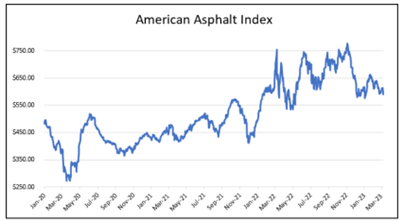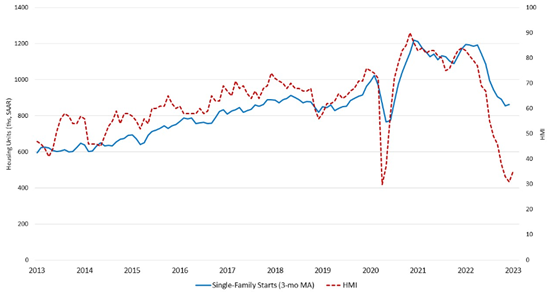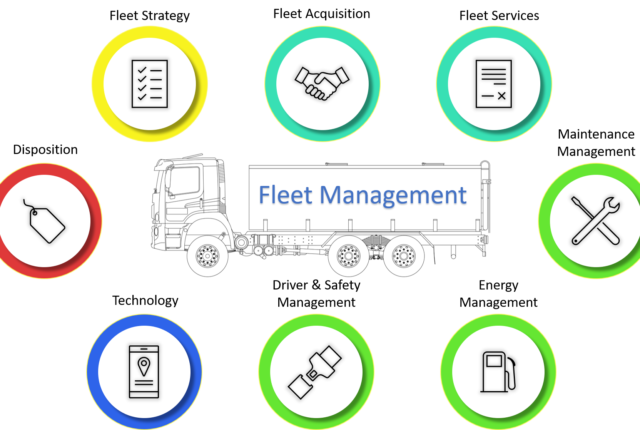Paving the Way to IoT Success
Introduction
Amidst the pivotal role played by the paving industry in infrastructure development, it has endured a range of challenges in recent years, from COVID-related closures and restrictions to soaring raw material costs and shortages in skilled labor. These challenges, however, create opportunities for paving companies to evaluate how technology can help overcome these operational and financial difficulties.
Among the promising technological options is the Internet of Things (IoT), offering benefits like increased efficiency, optimized resource management, enhanced safety, and data-driven decision-making. Embracing IoT positions companies in this sector to gain a competitive edge in the highly competitive industry.
Background
The Paving market is comprised of the following segments:
- Paving contractors that provide paving services for residential driveways and commercial parking areas utilizing materials such as asphalt, concrete, or brick.
- Companies that pave streets and highways within the Road and Highway Construction industry.
Paving Contractor Industry
IBISWorld estimated the market size of the U.S. Paving Contractor industry segment at $23.1 billion in 2023. The market declined ~1.0% annually between 2018 to 2023. IBIS World forecasts the market to continue to decline over the next five years.
One of the key factors for the decline has been higher costs for providing paving services due to skyrocketing raw material costs. As an example, the American Asphalt Index, as shown in Figure 1, spiked from ~$500 in January 2020 to over $750 at the end of 2022. Fortunately, these costs are starting to trend down closer to pre-pandemic levels.
Figure 1
American Asphalt Index

Figure 2
U.S. Single-Family Starts and Builder Confidence

Note: HMI = Housing Market Index (National Association of Home Builders and Wells Fargo)
Road and Highway Construction Industry
According to IBIS World, the revenue of the U.S. Road and Highway Construction industry reached $160.9 billion in 2023, experiencing a compound annual growth rate (CAGR) of 2.3% over the last five years. This growth, while being relatively modest, has been sustained by commitments from local, state, and federal governments to support road and highway construction budgets.
The Infrastructure Investment and Jobs Act (IIJA), a bill signed into law in November 2021, includes a $350 billion investment in Federal highway programs planned for the period 2022 to 2026. Given IIJA’s impact, the American Road & Transportation Builders Association (ARTBA) is forecasting a 16% increase in spending on road construction in 2024.
IoT Use Cases in the Paving Industry
IoT solutions can be used for various applications in the paving industry, contributing to improved efficiency, enhanced workplace safety, and reduced costs. Below are some examples of IoT use cases in the paving industry:
IoT Devices
Fleet Management
IoT devices deployed on trucks, pavers, and rollers provide real-time tracking and monitoring. Operations executives and managers can optimize routes, monitor project timelines, and ensure that equipment is deployed efficiently.
Equipment Monitoring
IoT devices on paving equipment monitor equipment health by tracking parameters such as engine performance, fuel consumption, and hours of use. This data enables predictive maintenance, reducing downtime and extending equipment lifespan.
Automated Documentation
IoT software platforms automate the documentation process by collecting and storing data related to project timelines, equipment conditions & maintenance requirements, and driver performance. This helps in maintaining accurate records for compliance, reporting, and future reference.
Dashcams
Installing dashcams on paving equipment, including trucks, pavers, compactors, and rollers, provides real-time visual data to support the following use cases:
Driver Safety
IoT solutions with embedded dashcams contribute to driver safety by capturing real-time footage and alerting drivers of potential hazards. In the event of an accident, dashcams provide irrefutable evidence to help exonerate drivers from claims or accidents where fault is disputed.
In a survey conducted by Together for Safer Roads (TSR), 25% of respondents reported successfully avoiding a collision thanks to in-cab alerts. Additionally, over 20% of drivers cited in-cab footage as instrumental in their exoneration from incidents.
The deployment of IoT solutions with dashcams reduce accident rates and insurance claims by identifying the most critical safety risks and setting clear priorities for improved driver training and performance.
Pedestrian and Cyclist Safety
Deploying AI-enabled dashcams in paving company vehicles will also protect the safety of pedestrians and cyclists (or “micromobility users”). As drivers navigate urban streets and highways, the dashcams use advanced algorithms to identify and anticipate the movements of pedestrians and cyclists in real-time. When potential hazards are detected, the system alerts the driver, promoting heightened awareness and preventing potentially catastrophic personal injury accidents.
Monitoring Work Progress
Dashcams can also capture the progress of paving projects. Project Managers can monitor progress, ensure that work is proceeding as planned, and quickly respond to potential issues that may require immediate attention.
These use case examples underscore how IoT solutions can elevate performance by delivering real-time monitoring of projects, driving behavior, and equipment. The result is an enhancement in performance and security across a spectrum of paving projects, including residential driveways, commercial parking lots, and government street and highway programs.
Conclusion
For companies navigating the current challenges facing the paving industry, IoT solutions offer a compelling path to pave the way for heightened productivity. With raw material costs still well above historical averages and a persistent shortage of skilled labor, the push for operational efficiency and resource optimization is more critical than ever. IoT technologies offer efficiency improvements, workplace safety enhancements, and real-time operational visibility, serving as valuable catalysts for change. In a rapidly evolving technology landscape, companies embracing IoT solutions not only address current issues but positions paving companies to thrive in a future where adaptability and data-driven insights define success.
About Positioning Universal
Established in 2013, Positioning Universal is a leading global provider of customizable IoT devices, GPS vehicle and asset monitoring solutions, and Systems Integration services. Our IoT device portfolio includes our advanced PosiVision EdgeTM AI-enabled dashcam solution. PosiVision EdgeTM helps reduce accident rates, exonerate your drivers and make the roads a safer place for all travelers.
With a deep understanding of IoT technologies, Positioning Universal guides companies in designing and deploying the most suitable IoT solutions for their needs. Our solutions and on-going support empower businesses with the invaluable business intelligence needed to maintain a competitive edge in rapidly evolving markets.
Author
Geoff WeathersbyRelated posts
Overcoming IoT Implementation Challenges: Tips for a Successful Deployment
Introduction Kevin Ashton, MIT’s Executive Director of Auto-ID Labs, officiall
Fleet Management: Keeping Drivers Safe and Operations Efficient
Fleet trucks traverse from the coastal interstates in Los Angeles, to the rural
The Evolution of IoT Device Connectivity
Introduction As the Internet of Things (IoT) continues to expand, the importance



